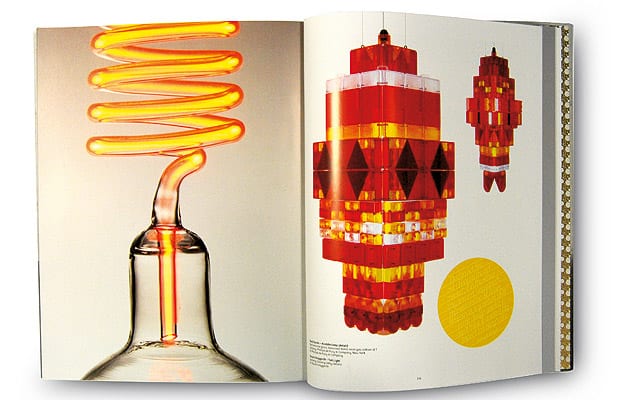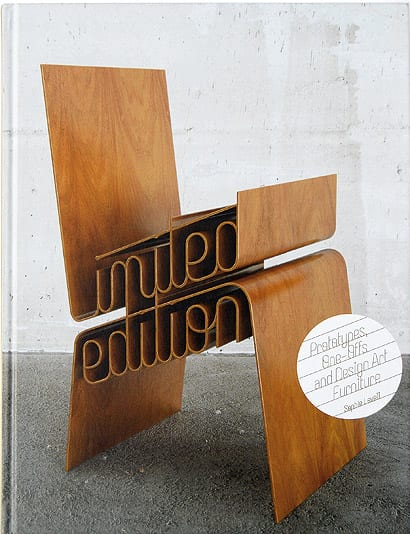|
|
||
|
Packed with interviews and photographs, this is a first-rate survey of the “design art” scene. But is it a picture of a young cultural phenomenon or an elegy for the boom, asks William Wiles. The term “design art” was coined by Alexander Payne, design director at auctioneer Philips de Pury, in 1999. Over the next decade, this term did sterling work describing the high-concept, designer-made, gallery-commissioned limited editions and one-offs that were attracting higher and higher prices and increasingly breathless press coverage. Then, at a debate at the Rabih Hage gallery in February 2008, Payne abruptly disowned the term, complaining that he and his colleagues were tired of seeing it used “incorrectly”, and would henceforth be describing objects as either “design” or “art”. I was at that debate, and it sounds like design writer Sophie Lovell could have been as well. Payne’s recantation is in her new book Limited Edition, as is the stinging term “Dubai chic”, one of the alternative names that were batted around at the event. The event showed that one of the biggest obstacles to serious critical engagement with “design art” is the lack of agreement over terms, with nearly every player in the sector championing their own definition of what they do and complaining that the other terms are not fair descriptions of their work. There was clearly a book to be written, and Lovell has stepped up to the task with aplomb. Limited Edition is, first, an attempt to lay down some non-judgemental terms for “design art” that nearly everyone can agree on. These are “prototypes”, “one-offs” and “editions”, and Lovell devotes a chapter to the meaning of each, discussing them with key players including Hage, Payne, gallerists Libby Sellers and Didier Krzentowski, and the designers themselves. The remaining two chapters of Limited Edition cover the “new patrons” – galleries, auction houses and companies such as Swarovski – and the changing state of the marketplace. As a view of the present situation, Limited Edition is indispensable. It is an essential survey of the chief names in the design-art scene at present, and a convincingly comprehensive catalogue of the best work produced in the field. This is buttressed by excellent photography and beautiful page design by Rinzen. Lovell’s scheme for defining the design art phenomenon has its strengths: it does get beyond the usual debates about functionality, materials and aesthetics. But that’s really a generous way of saying that it doesn’t fully get to grips with those debates. Most of the argument is modestly left in the quotes harvested from the 40-plus people interviewed by Lovell, who describes the effort as a sort of opinion poll. And the overarching opinion expressed by that poll is that design art is useful, valuable, and deserves to be taken seriously. However, that’s a message that is mostly implicit, broadcast in the voices of people talking about their work. There is not much in the way of critical synthesis, and Lovell’s text sometimes reads simply as a way of getting from one quote to the next. However one might yearn for some incisive polemic either pro or con, reporting is important and at last design art has a first-rate primer devoted to it. But for all the insight they bring to this book, the designers, patrons and gallerists interviewed still keep some secrets close to their chests. We know very little about the end buyers of limited-edition design – the people who ultimately support the whole enterprise. Who are they? How are they doing? What do they think? That’s all very sensitive information and you can’t blame Lovell’s interviewees for keeping schtum. But a clearer picture of where the money comes from would help reinforce the case that design art is a serious cultural phenomenon, not just exuberant froth from the boom years, and dispel those “Dubai chic” sniggers.
Limited Edition: Prototypes, One-Offs and Design Art Furniture, by Sophie Lovell, Birkhäuser, £39.90 |
Words William Wiles |
|
|
||




















